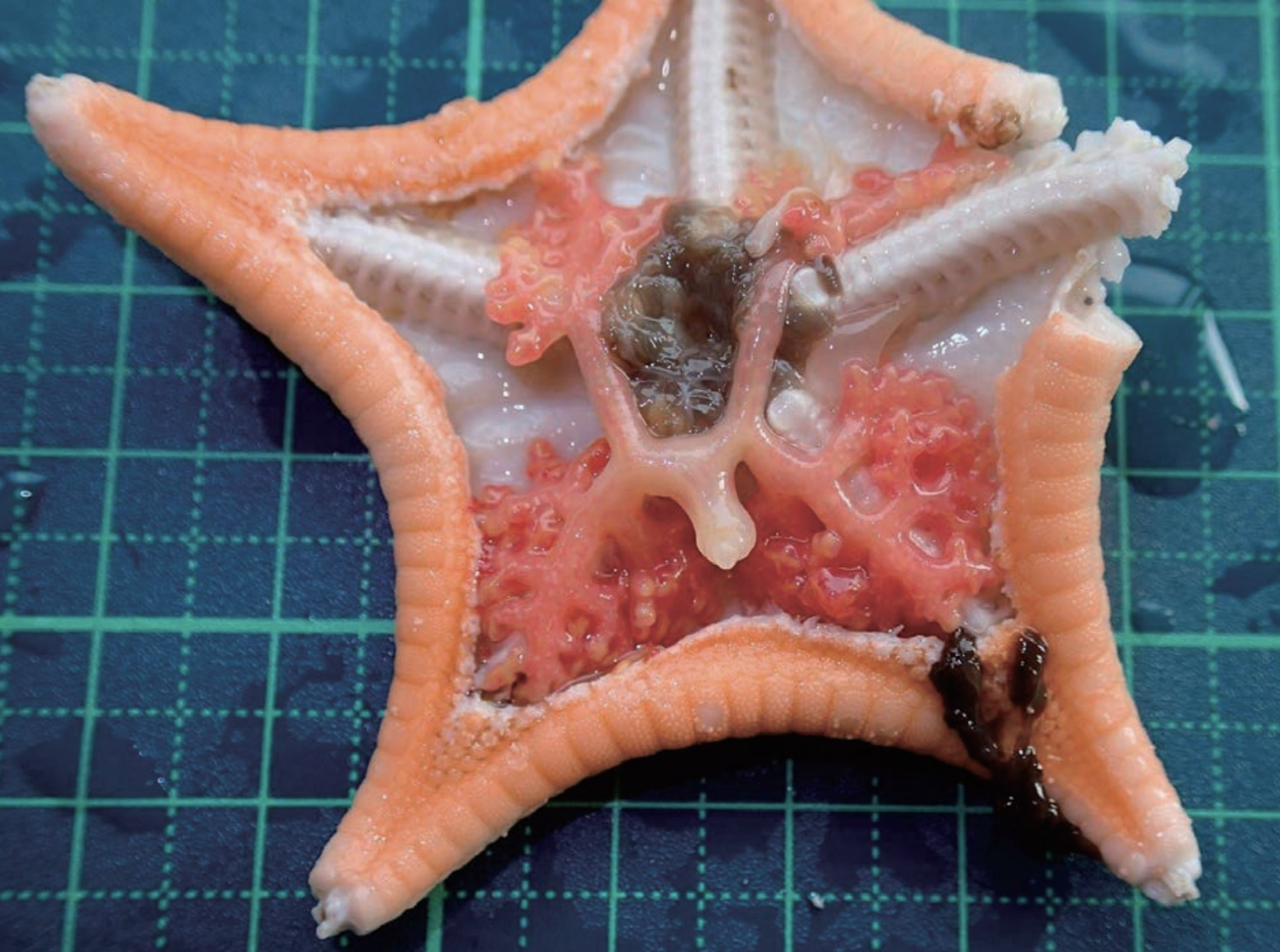The Dendrogaster parasite is the stuff of nightmares

Bec Crew
Bec Crew

The cordyceps fungus – what The Last of Us series is based on – infects spiders and insects through spores that attach and penetrate the exoskeleton. They feed on their host’s innards before cutting off their brain from the rest of their body to control their behaviour.
The tongue-eating louse makes a living by attaching itself to a fish’s tongue and feeding on the blood supply. When the tongue drops off, the isopod settles in its place, nabbing whatever food scraps the fish manages to find.
And then there’s the Dendrogaster parasite. These diabolical crustaceans live inside the bodies of sea stars found in Australia and beyond. Once they’ve infiltrated a sea star, they’ll morph into elaborate shapes with branching, tentacle-like limbs. These eerie structures rather cruelly mimic the gonads or digestive system of their host.
Female Dendrogasters settle into the coelomic cavity of sea stars (a hollow, fluid-filled space that contains the organs) to produce thousands upon thousands of eggs and larvae. The much smaller males tuck themselves inside the mantle of the females, cushioned by eggs.
Dendrogasters aren’t typically detectable on the outside, but if you cut an infected sea star open, you’ll see this spooky parasite in all of its alien glory:
Here’s one embedded in a sea star:

Very little is known about Dendrogasters, because they’re tough to spot without indiscriminately slicing up a bunch of random sea stars. But what we do know is they’re incredibly adaptable, having spread throughout the world’s oceans, ranging from tropical to polar waters.
They are known to infect a variety of sea stars, including Allostichaster polyplax, found in southern Australia; Echinaster luzonicus (Luzon sea star), found in northern Australia; and Astropecten polyacanthus (comb sea star), found all around the Australian coast, except in the south.
Researchers suspect that, much like the tongue-eating isopod kills off its host’s tongue and slowly starves it to death by eating all of its food, Dendrogaster parasites kill off the sea star’s gonads and prevent it from reproducing.
I told you these critters were bad news. I guess we should count our lucky… stars that we’re not sea stars.




